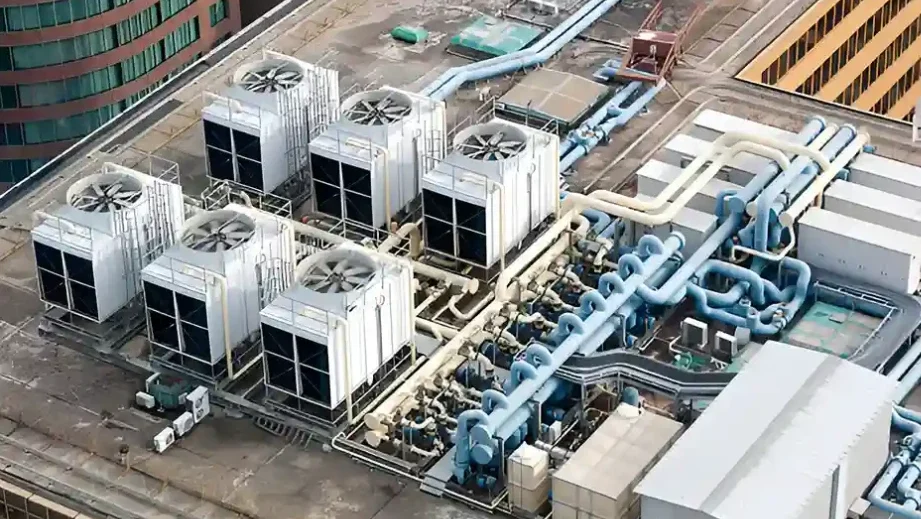General contractors, trade contractors, home builders and architects in USA construction industry must estimate coming HVAC job accurately. A precise estimate helps win more bids and ensures that projects stay within budget.
Understanding Basics of HVAC Estimation
HVAC systems maintain comfortable indoor environments in residential and commercial buildings. The estimate includes the costs of equipment, labor, and materials required for installing or repairing the system.
Step 1: Gather Project Information
The first step is gathering all relevant project information, including:
• Project Plans and Specifications: Obtain blueprints and specifications for the building. This will help the HVAC contractor understand the layout and requirements for the HVAC system.
• Client Requirements: Understand each client’s specific needs and preferences. This process includes the type of HVAC system they want to install or repair, energy efficiency goals, and budget. Discuss all of these points with the client.
Step 2: Calculate Equipment Costs
After getting all the above information, the next step is to calculate the costs of HVAC equipment. This includes:
• Heating and Cooling Units: Determine the type and size of heating and cooling units required for the project. Consider BTU (British Thermal Units) requirements and energy efficiency ratings.
• Ductwork and Ventilation: Estimate the costs of ductwork, vents, and any additional components needed for proper airflow and ventilation.
• Thermostats and Controls: Include costs for thermostats and control systems that will manage the HVAC system.
Step 3: Estimate Labor Costs
Labor costs are a significant part of any HVAC job. To estimate labor costs accurately, consider the following:
- Labor Rates: Research average labor rates for HVAC technicians in your area. Rates can vary due to site conditions and location.
- Time Estimates: Estimate the time required for installation or repair. Break down the tasks involved and assign time estimates to each task.
- Crew Size: Determine the number of technicians needed for the job. A larger crew may complete work faster but will also increase labor costs.
Step 4: Account for Material Costs
Step 4 includes the preparation of the cost of materials, including:
• Insulation: Estimate the insulation needed for ductwork and other components to ensure energy efficiency.
• Piping and Fittings: Include costs for any piping, fittings, and connectors required for the HVAC system.
• Miscellaneous Supplies: Don’t forget to account for miscellaneous supplies such as screws, adhesives and sealants.
Step 5: Include Overhead and Profit Margins
It is very important to include overhead costs and profit margins when preparing a bid; overhead costs can include:
• Insurance: Factor in costs of liability insurance and workers’ compensation.
• Permits and Fees: Include any permits or fees required for the project.
• Administrative Costs: Consider costs related to project management and administrative tasks.
Once you have calculated your total costs, add a profit margin to ensure your business remains profitable. A common practice is to add a percentage of total costs as profit.
Step 6: Review and Finalize Estimate
Before submitting a bid, review each estimate line item thoroughly. Double-check all calculations and ensure that they include all necessary components.
Those who may find the estimation process overwhelming should consider utilizing construction estimating services. Estimating companies can provide expert assistance in preparing accurate estimates, assisting HVAC contractors to focus on other aspects of HVAC installing business
Final Words
Estimating an HVAC job for bidding is a detailed process that requires careful consideration of various factors. Whether you are a general contractor, trade contractor, or home builder, mastering the art of HVAC estimation is essential for success in the competitive construction industry. If you need additional support, HVAC estimating services providers can provide the expertise you need to enhance your bidding process.

